How Canada Gets Along Minus Army (1925)
Topic: Canadian Militia
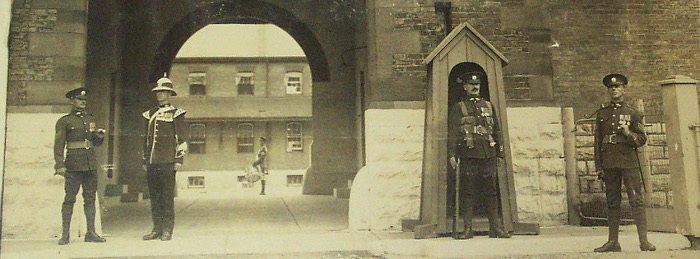
How Canada Gets Along Minus Army (1925)
Called Greatest Pacifist Nation Indifferent to Things Military
Militia is Reliance
3,000 Men in Uniform No One Interested in Soldiering
The Border Cities Star, Windsor, Ontario, 10 August 1925
Veterans of the C.E.F. for the most part brand any man who would join the army in times of peace as several kinds of lunatic at large.
Toronto, Aug. 10.—Under the heading "Canada, the Greatest of Pacifist Nations, Seems Indifferent to Things Military," the following article appears in the Toronto Weekly Star.
Until today, the world has never seen a great nation with flourishing seaports on two oceans, with ships carrying her merchant flag on the seven seas, and three thousand miles of frontier, unarmed and unprotected. It simply never happened in history.
Canadians are like no other people in the world. We are an Atlantic power, and a Pacific power. To the east is Europe carrying more bombs and side arms than in 1913, and to the west is the perennial yellow menace. In the Republic to the south last year the Government of the United states put on a "Defence day" and 16,000,000 Americans showed their interest in the affairs of arms by taking part. Even the South American republics have a total of 180,000 men under arms today. In the midst of all this Canadian go about the business of earning their daily bread with a general indifference to things military. It seems to be the accepted principle that it costs too much to have soldiers cluttering up the countryside. Maybe it is healthy.
Queer Lot
The permanent force is always the first to feel the knife of parliamentary economy which slices away methodically every year until infantry officers find they have only a few barrack sweepers to command and cavalrymen find nothing to ride in their riding schools.
We are a queer lot in Canada. Seven years ago we had an army of shock troops the equal of any fighting men in the world. Today, we have about 3,000 men in uniform and no-one is interested in soldiering. If there was any interest in it in Canada, it would have been capitalized by politicians and made a political issue long ago.
Next to tax collecting soldiering is the most thankless job, It takes genuine courage to hold His Majesty's commission in the Dominion in these piping times of peace—perhaps more courage than it did in the big bass drum days of Armageddon.
Veterans of the C.E.F. for the most part brand any man who would join the army in times of peace as several kinds of lunatic at large. The soldier is looked at askance as the most insignificant of civil servants, a sort of economic liability who must be tolerated for sake of old times. The permanent force is always the first to feel the knife of parliamentary economy which slices away methodically every year until infantry officers find they have only a few barrack sweepers to command and cavalrymen find nothing to ride in their riding schools.
Yet working quietly at their jobs every day, are a group of men who are making the most of the money appropriations for national defenses of this country. There are no grand manoeuvres every year in Canada. There are no great, glittering reviews. But the Canadian headquarters staff of the Department of National Defense—men who would be a credit to the Imperial war office—are from day to day working at the defense problems of Canada.
League's Opinion
In the lobbies of the League of Nations building at Geneva last year the younger men of the secretariats used to gather and talk informally. Conversations invariably turned to disarmament and the Canadians always interjected "Well, when you chaps get down to our basis of disarmament we'll begin to talk to you." But there was usually someone present who gently ruined the effect of the statement with a reminder that the British navy and the Monroe Doctrine made an ever-present row of bayonets around Canada, and that the unarmed condition of the Dominion was largely a matter of dollars and cents. It never failed to leave the Canadians without a "come back," and in their hearts they knew that their countrymen were more indifferent to armaments than any political influential people in the world.
By statute the enrolment in the Canadian permanent force is limited to 437 officers and 6,000 men. Actually the present strength is 413 officers and 3,085 men. The maintenance is of course in the hands of parliament. In 1924 when United States demonstrated its was resources on Defense day, Canada reduced her estimates for national defense by $1,000,000.
Horrible Example
South American republics have made such good fiction with the supposedly musical comedy armies made up mostly of generals.
So, with half the authorized strength, Canada's professional soldiers carry on. Pacifists say, "Well done, an example to the world," while militarists say "A horrible example of unpreparedness." Certainly it never happened before. No country claiming equality of nationhood with any nation on earth and about to send an ambassador to a foreign capital, ever stood in the international arena with a few minesweepers and about one battalion of infantry to back its claims.
Denmark not long ago announced that she was about to disarm and the world was amazed. Denmark's disarmament constituted a reduction of an army of 11,000 to a civil police force of about 6,000. Canada has done better (or worse) than that. Canada, with a score of lakes that could absorb Denmark, could parade the army, the navy, and the Royal Canadian Mounted Police, and still go recruiting for enough to equal the 6,000 of "disarmed" Denmark.
South American republics have made such good fiction with the supposedly musical comedy armies made up mostly of generals. But, Chile with an army of 21,000 German-trained troops constantly under arms and the Argentine with a regular army of 18,000, assume the proportions of world powers. Brazil, with compulsory military training, has 42,000 men carrying arms, and Mexico, with a more stable government than she has had for 30 years, keeps 65,000 active soldiers.
Armed Powers
A few other examples of armed power are interesting: Japan, 16,000 officers and 216,000 other ranks; Russia (army and navy) 562,000; United States, army 36,500, navy 100,000; Irish Free State, 1,080 officers, 14,600 men. New Zealand has compulsory cadet training for all men between the ages of 12 and 25. South Africa requires men between 21 and 25 to belong to a rifle association and learn to handle firearms. Australia with compulsory military training of a senior cadet nature maintains nearly 6,000 active troops and a sea-going naval reserve of 8,000.
Analyzed, the condition of the Canadian permanent force is as follows. The figures speak for themselves and offer good arguments for pacifists and militarists. The Royal Canadian Dragoons consists of 17 officers and 272 men; and the net expenditure for the regiment was $64,814 during the fiscal year ended last March (a trifle less in the cost of upkeep than Mister Coolidge's White House policemen). Lord Strathcona's Horse maintains 16 officers and 183 men at a cost of $64,317. The Royal Canadian Artillery kept 56 officers and 617 men at a cost of $203,970. The three infantry regiments were: The Royal Canadian Regiment, 404 all ranks, $104,631; Princess Patricia's Canadian Light Infantry, 269 all ranks, $93,391; Royal 22nd Regiment (French-Canadian), 189 of all ranks, $43,396.
Military Costs
The Royal Military College at Kingston cost Canada $338,082 in the last fiscal year. The attendance for the year was 165, and as well as the regular studies for cadets, the college carried on staff courses for officers of the permanent and non-permanent militia.
On cadet service $450,000 was spent in 1923-24, which was the largest amount expended on this work since the war. The estimates for cadet work for 1925 have been reduced to $400,000. The total number of enrolled cadets was 110,000 for the year ending last March.
That is where Canada stands in military matters. The headquarters staff is concentrating its efforts on the maintenance of a training service. Consequently nearly a full quota (under the statute) of officers is maintained. The theory is that the officers will constitute a training staff for the non-permanent militia and a skeleton organization for a fighting force in times of emergency. It is tough work. Officers without men to command must have their hearts in their work to carry on.
Has War Plans
Present strength of the non-permanent militia is, on paper, 140,000. The figure is not to be taken literally. It is extremely optimistic but headquarters continues to carry the names of authorized militia units which are barely breathing, rather than let the slimmest organization be lost.
Canada has war plans. There are two complete combat schemes filed in the National Defense department. One is to meet emergencies of home defense, the other is to place an expeditionary force abroad in the event of Canada responding to an empire call. They don't talk much about them at headquarters but they think a lot about those plans and they don't tell the world their thoughts. Headquarters bets on the militia. In the long run they count on the all-round citizen soldier of Canada to do the big fighting jobs, and they tell you without boasting that there is no finer militia material in the world than in Canada. Present strength of the non-permanent militia is, on paper, 140,000. The figure is not to be taken literally. It is extremely optimistic but headquarters continues to carry the names of authorized militia units which are barely breathing, rather than let the slimmest organization be lost.
So, at Ottawa with sincerity and that devotion to duty which has always characterized their profession, a small group of highly trained officers works thoughtfully on iron rations. To these men the St. Lawrence River development, obscure harbors on the British Columbia coast, and the sand dunes of Sable Island have a significance unknown to civilians.
Meanwhile the world wonders. Is in Canada the pacifist vision coming true, or is she indifferent to the rattling sabres of the world?

Posted by regimentalrogue
at 12:01 AM EST
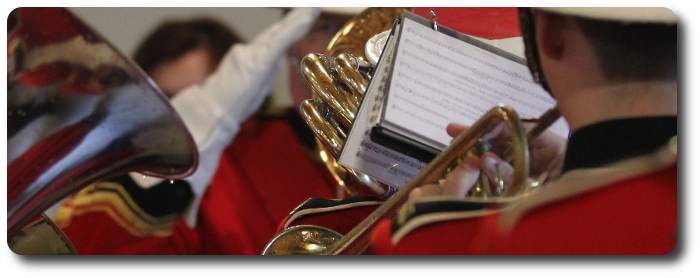
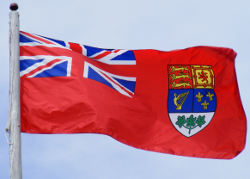
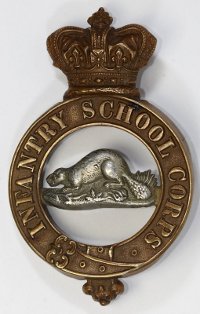







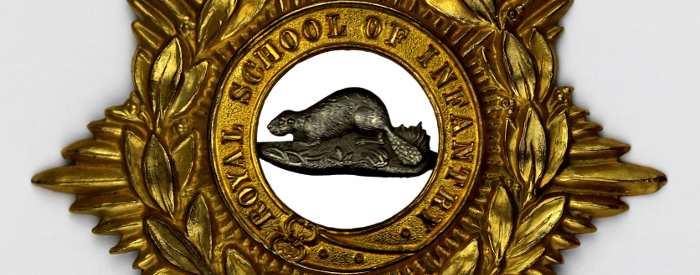
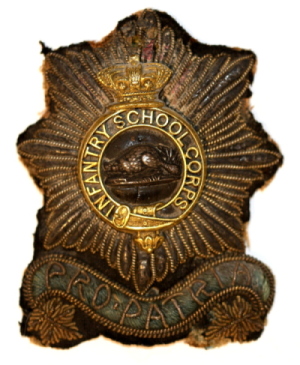 The affair, on Thursday evening, in every respect, was a ball, an unequaled success, and a most enjoyable one to all who had the good fortune to be present.
The affair, on Thursday evening, in every respect, was a ball, an unequaled success, and a most enjoyable one to all who had the good fortune to be present.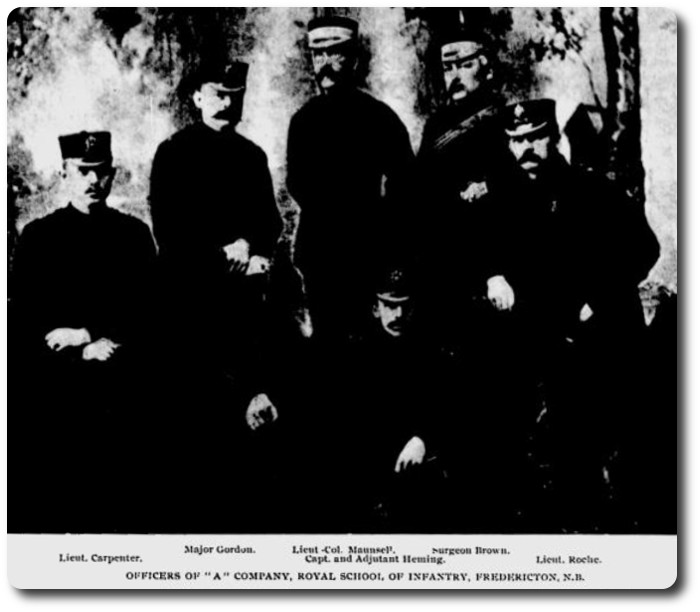

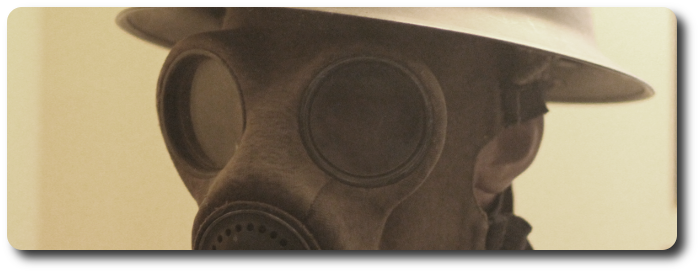
 Mammoth air raids, with gas attacks which would wipe out entire communities as large as Hamilton, were visualized by the uninformed, in the event another war occurred, but there was no likelihood of such atrocities, Lieut. J.H.W.T. Pope, of
Mammoth air raids, with gas attacks which would wipe out entire communities as large as Hamilton, were visualized by the uninformed, in the event another war occurred, but there was no likelihood of such atrocities, Lieut. J.H.W.T. Pope, of 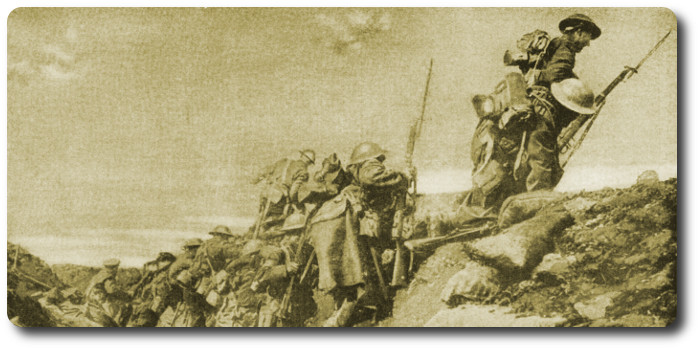
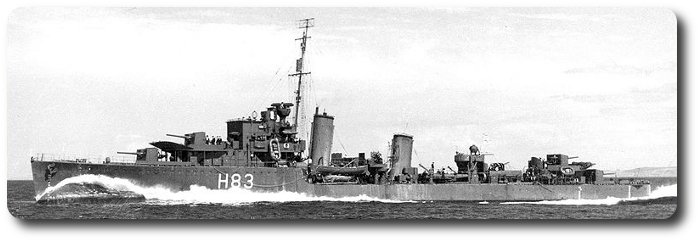

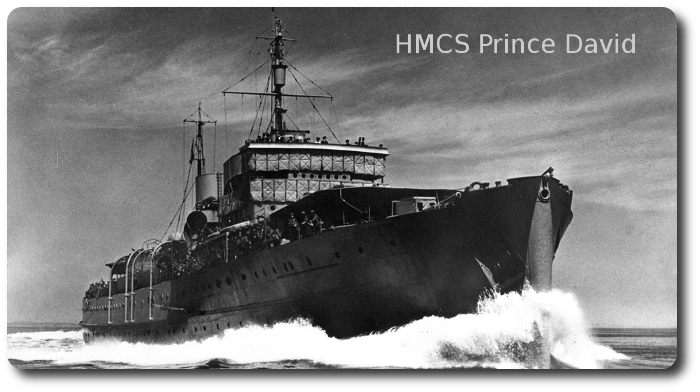
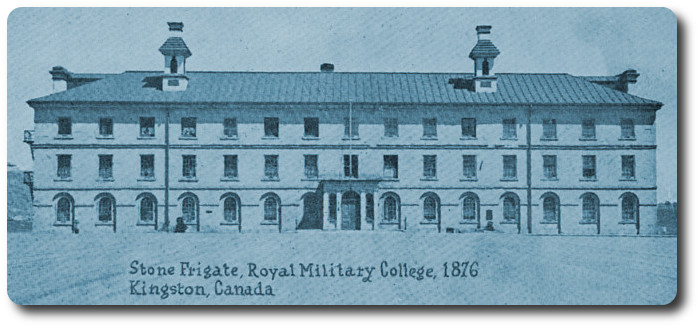
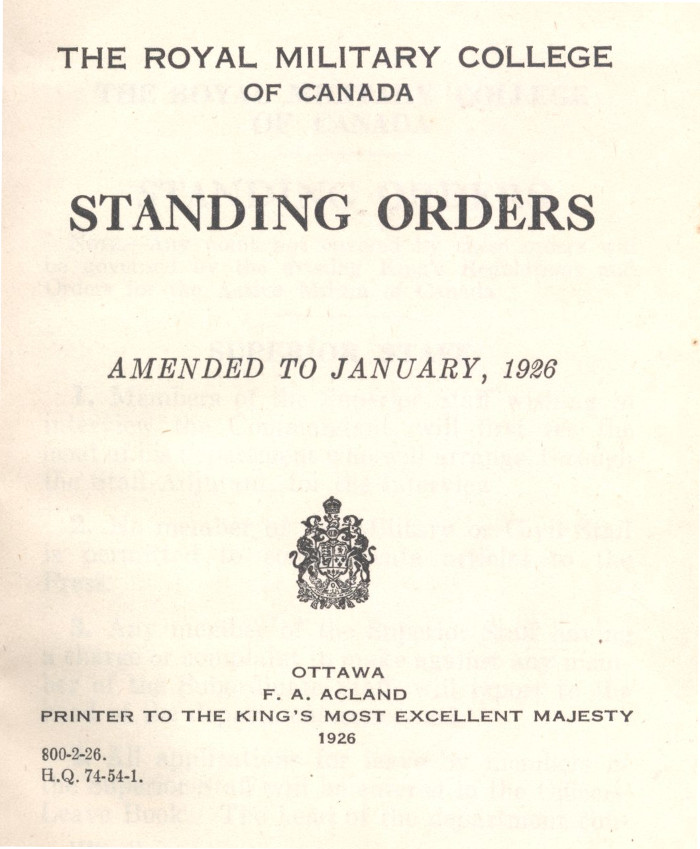
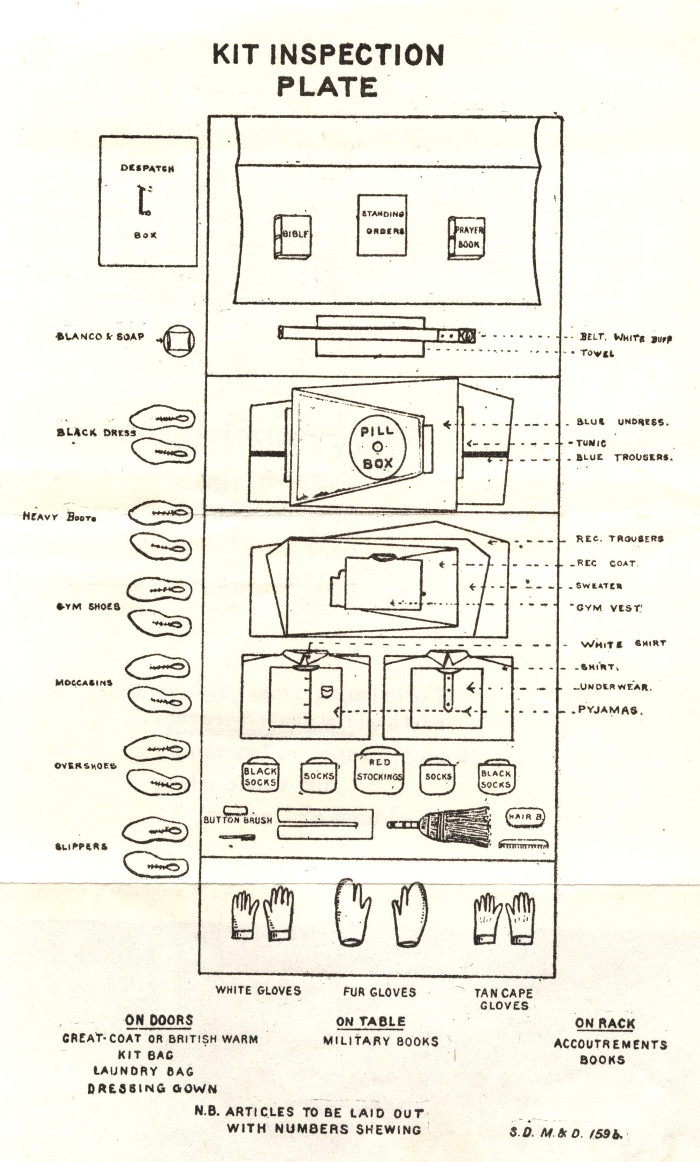
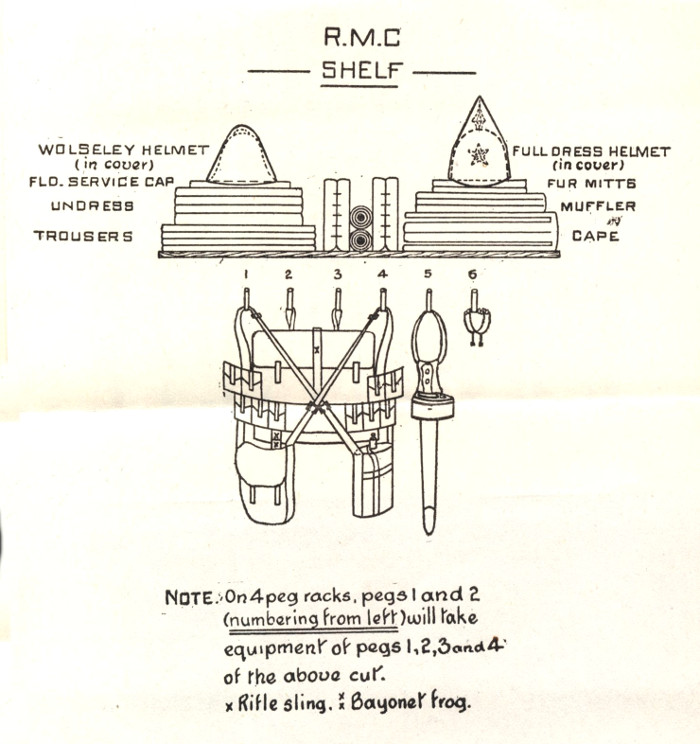
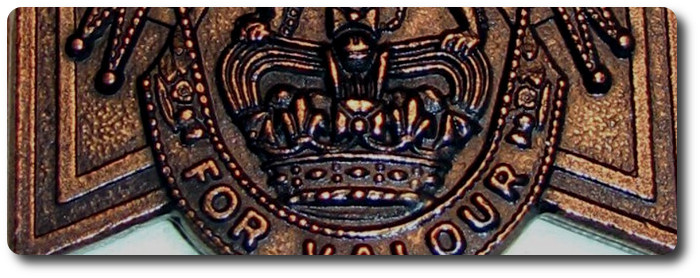
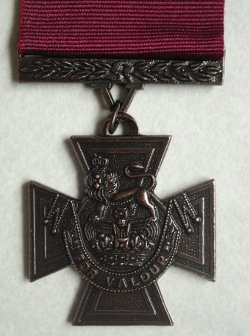 The Victoria Cross, one of the most coveted of military decorations, and the most rarely conferred, was instituted during the Crimean war, and is made from the bronze of captured cannon. It is not a Maltese cross, but a cross pattee, its obverse center bearing the royal crest of a lion passant, gardant, upon the British crown, above a ribbon inscribed "For Valour." On the reverse if a circular space reserved for record of the act that gained the decoration. The name and rank of the recipient are on the bar above. The ribbon is red for the army and blue for the navy.
The Victoria Cross, one of the most coveted of military decorations, and the most rarely conferred, was instituted during the Crimean war, and is made from the bronze of captured cannon. It is not a Maltese cross, but a cross pattee, its obverse center bearing the royal crest of a lion passant, gardant, upon the British crown, above a ribbon inscribed "For Valour." On the reverse if a circular space reserved for record of the act that gained the decoration. The name and rank of the recipient are on the bar above. The ribbon is red for the army and blue for the navy.
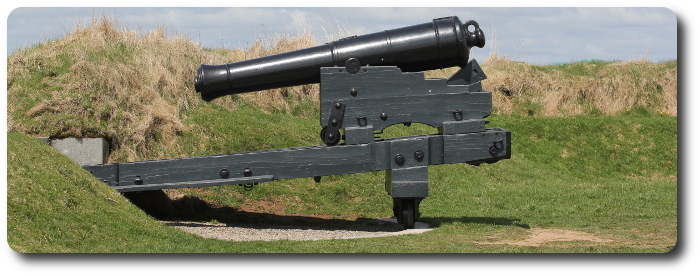

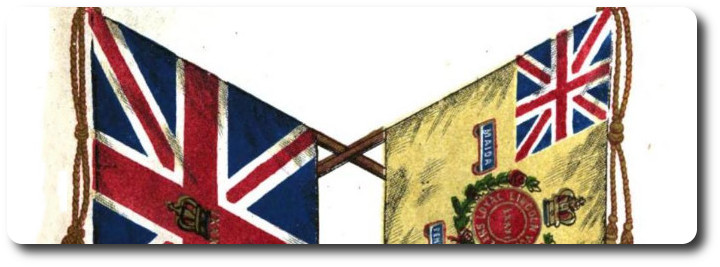
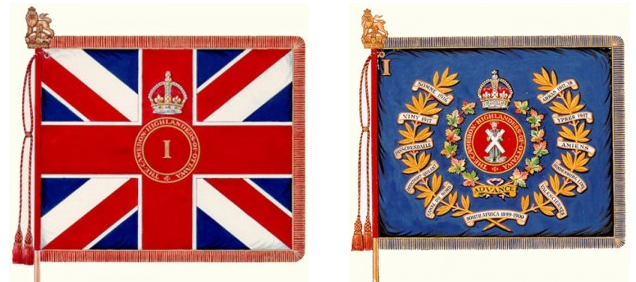
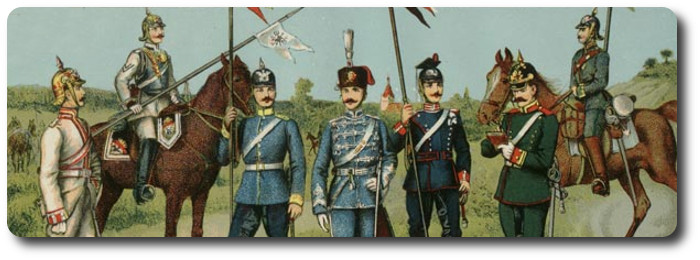
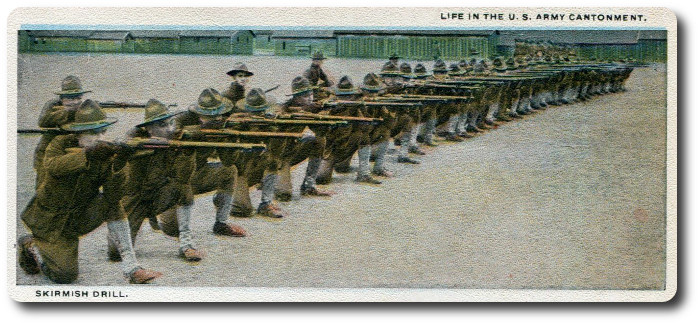
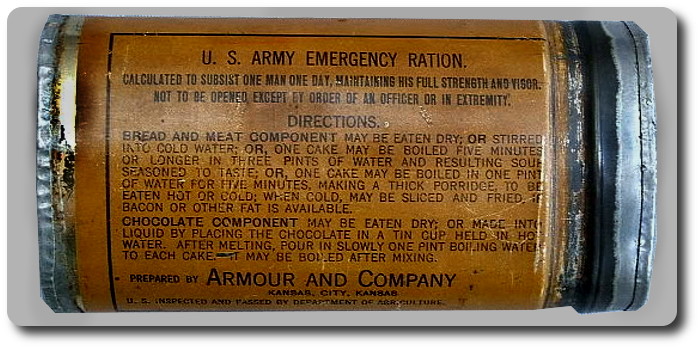
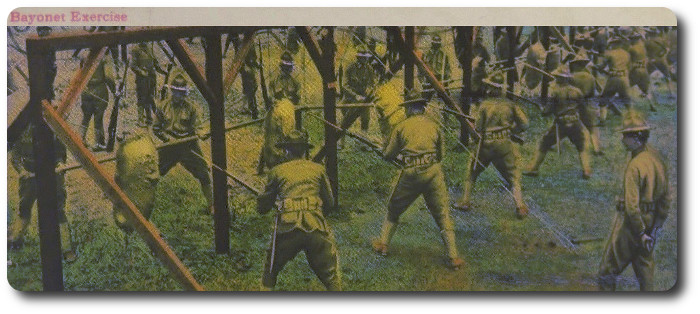

 The remarks of Lieutenant-General Sir Selby-Smith, in his annual report, on the necessity of an organized force which could always be depended on in case of such disturbances as those of which the country has recently has experience, are worthy of careful attention. The inconvenience of employing volunteers for the purpose of quelling riots in which their own fellow-citizens are the actors has often been felt; and we have not to go far in either space or time for illustrations of some of the bad results of the system. The formation of a small permanent force such as that which General Smyth suggests would remove that inconvenience and make the repression of disorder practicable without the risk of provoking complications that are the most difficult to deal with. As to the plan on which such a force should be raised, General Smyth has certainly quite sufficient military knowledge and experience, and well as acquaintance with the needs and capabilities of the Dominion, to enable him to frame one in every way suitable. It will have been seen that he proposes that three regiments should be maintained by the Federal Government, composed of two battalions each, to be raised and recruited in Canada, each battalion to serve in the old country and here for alternate terms of three years, thus completing their period of enlistment, which should be fixed at six years. At the close of their six years' service the men composing the battalions should pass into a reserve and receive a grant of land or some other inducement to settle permanently in the country, with a stake in it. By this system of alternation and interchange, complete solidarity would be established between the soldiers of Canada and that of the Empire, and our little Canadian force have full opportunity for thorough training, and be imbued with a British spirit. In case of war the system would be capable of expansion to any limits required. Another scheme proposed was that only three Canadian battalions should be formed, whioch should be interchanged triennially with an equal British force of the line. Hitherto, it appears that nothing has been done towards giving either suggestion a practical form, but it is hoped that the matter will not be lost sight of. Of course, the carrying out of such a plan would not interfere materially with our Canadian militia, as at present organized and composed. It would be from the militia that, in all likelihood, such a force would be, to a great extent, supplied and on it also it would have to mainly depend for the enlargement which extraordinary contingencies might necessitate. The value of such a force may be inferred from what general Selby-Smyth says in another part of his report regarding the probable effect of the muster of volunteers is this city last Queen's Birthday on the Fenian raiders who were at that time rumoured to be about to cross the line into Canada. He thinks, and with good reason, that there were Fenian spies present on that occasion and that the sight of so large a body of well trained and well equipped soldiers, whom they would have to encounter, if they attempted to put their project into execution, had a salutary influence in deterring them from the menaced movement. How much more would such disturbers be cowed into tranquility is a permanent force, always armed and prepared to meet invasion, were maintained in the Dominion! In a short time we should probably be put to no more trouble or expense (and such occasions have cost us our share of both) from such unscrupulous free booters.
The remarks of Lieutenant-General Sir Selby-Smith, in his annual report, on the necessity of an organized force which could always be depended on in case of such disturbances as those of which the country has recently has experience, are worthy of careful attention. The inconvenience of employing volunteers for the purpose of quelling riots in which their own fellow-citizens are the actors has often been felt; and we have not to go far in either space or time for illustrations of some of the bad results of the system. The formation of a small permanent force such as that which General Smyth suggests would remove that inconvenience and make the repression of disorder practicable without the risk of provoking complications that are the most difficult to deal with. As to the plan on which such a force should be raised, General Smyth has certainly quite sufficient military knowledge and experience, and well as acquaintance with the needs and capabilities of the Dominion, to enable him to frame one in every way suitable. It will have been seen that he proposes that three regiments should be maintained by the Federal Government, composed of two battalions each, to be raised and recruited in Canada, each battalion to serve in the old country and here for alternate terms of three years, thus completing their period of enlistment, which should be fixed at six years. At the close of their six years' service the men composing the battalions should pass into a reserve and receive a grant of land or some other inducement to settle permanently in the country, with a stake in it. By this system of alternation and interchange, complete solidarity would be established between the soldiers of Canada and that of the Empire, and our little Canadian force have full opportunity for thorough training, and be imbued with a British spirit. In case of war the system would be capable of expansion to any limits required. Another scheme proposed was that only three Canadian battalions should be formed, whioch should be interchanged triennially with an equal British force of the line. Hitherto, it appears that nothing has been done towards giving either suggestion a practical form, but it is hoped that the matter will not be lost sight of. Of course, the carrying out of such a plan would not interfere materially with our Canadian militia, as at present organized and composed. It would be from the militia that, in all likelihood, such a force would be, to a great extent, supplied and on it also it would have to mainly depend for the enlargement which extraordinary contingencies might necessitate. The value of such a force may be inferred from what general Selby-Smyth says in another part of his report regarding the probable effect of the muster of volunteers is this city last Queen's Birthday on the Fenian raiders who were at that time rumoured to be about to cross the line into Canada. He thinks, and with good reason, that there were Fenian spies present on that occasion and that the sight of so large a body of well trained and well equipped soldiers, whom they would have to encounter, if they attempted to put their project into execution, had a salutary influence in deterring them from the menaced movement. How much more would such disturbers be cowed into tranquility is a permanent force, always armed and prepared to meet invasion, were maintained in the Dominion! In a short time we should probably be put to no more trouble or expense (and such occasions have cost us our share of both) from such unscrupulous free booters.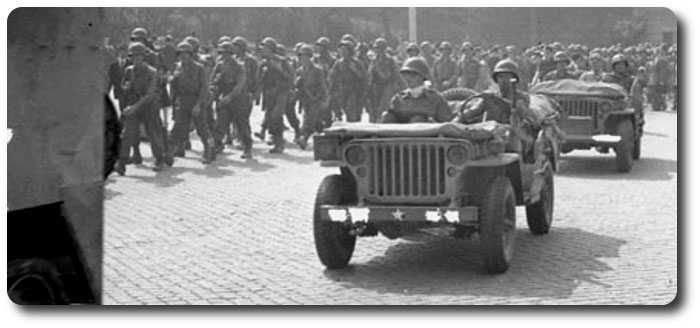
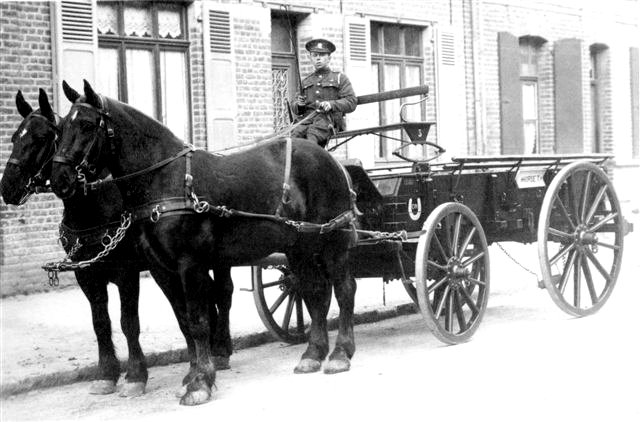
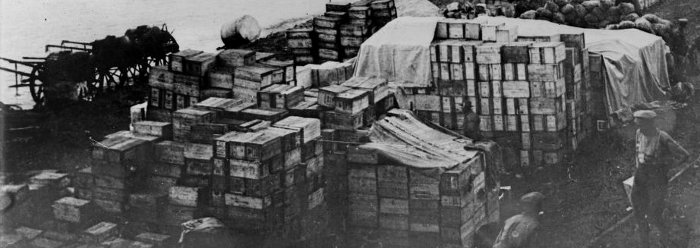
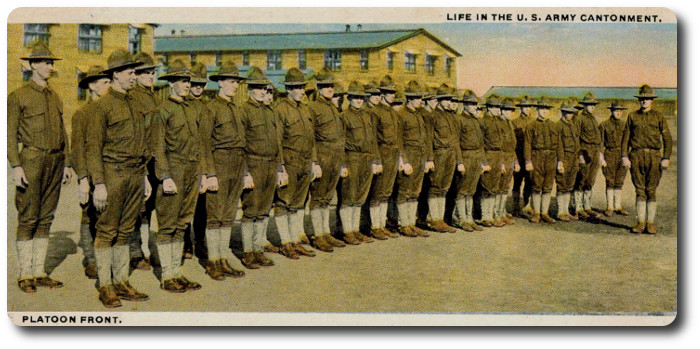
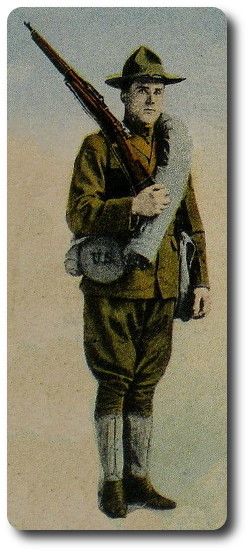 Each soldier in a modern army carries with him sufficient food, clothing, shelter, fighting arms and ammunition to take care of himself for a short period in case he should be separated from his company. The total weight of his load, in addition to the clothes he wears, is 50 to 70 pounds. The number of articles is surprisingly large. They are so devised, however, that by ingenious methods of packing and adjusting they can all be carried with the least possible effort.
Each soldier in a modern army carries with him sufficient food, clothing, shelter, fighting arms and ammunition to take care of himself for a short period in case he should be separated from his company. The total weight of his load, in addition to the clothes he wears, is 50 to 70 pounds. The number of articles is surprisingly large. They are so devised, however, that by ingenious methods of packing and adjusting they can all be carried with the least possible effort.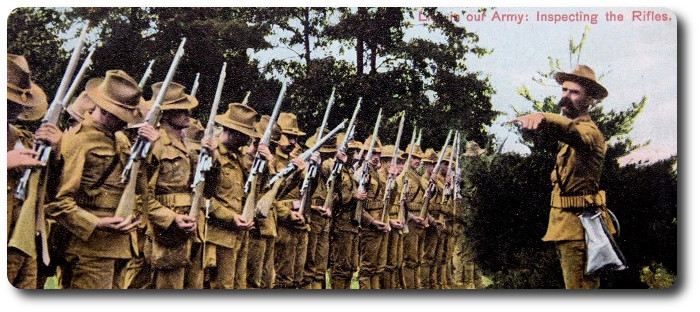
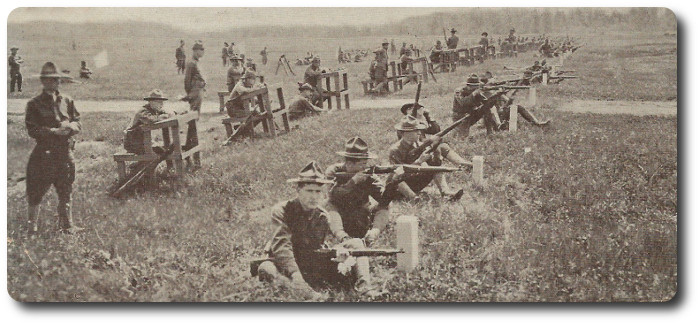

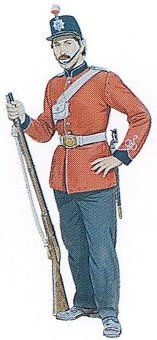 His Excellency the Commander in Chief has been pleased to direct that Captain Hanson's Company, No. 1, of the
His Excellency the Commander in Chief has been pleased to direct that Captain Hanson's Company, No. 1, of the